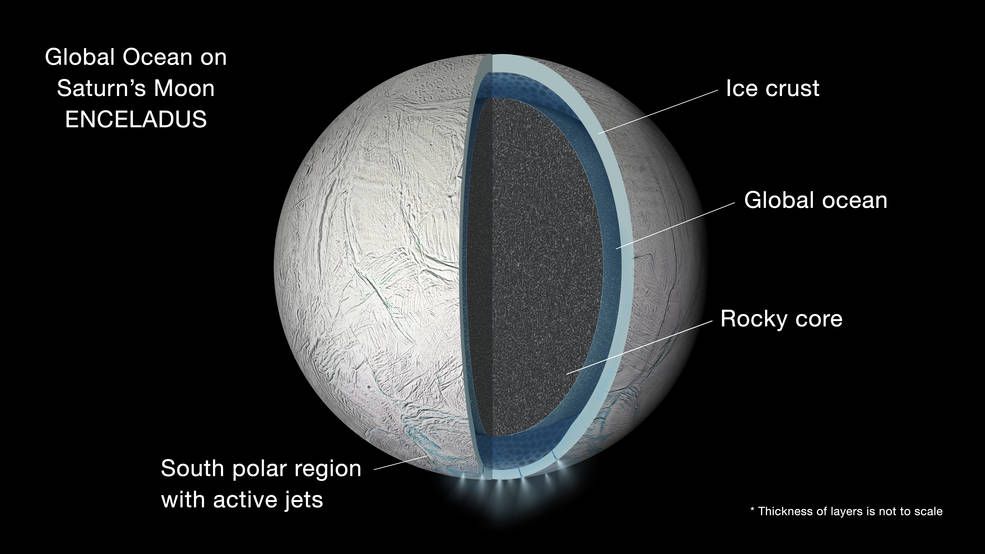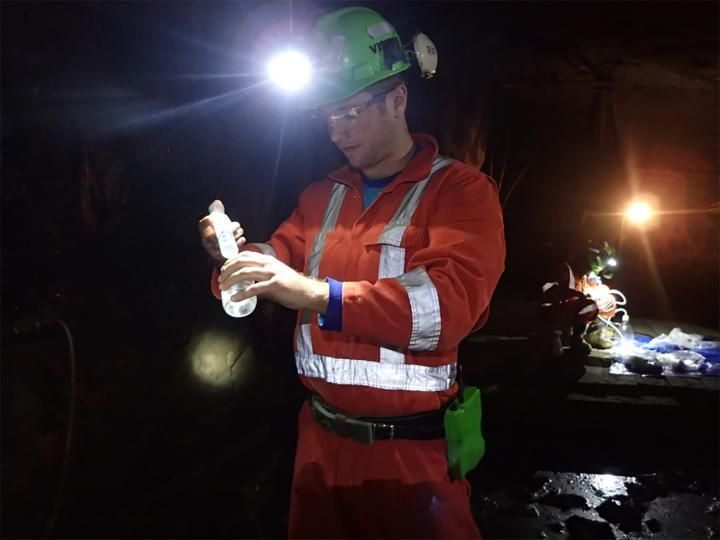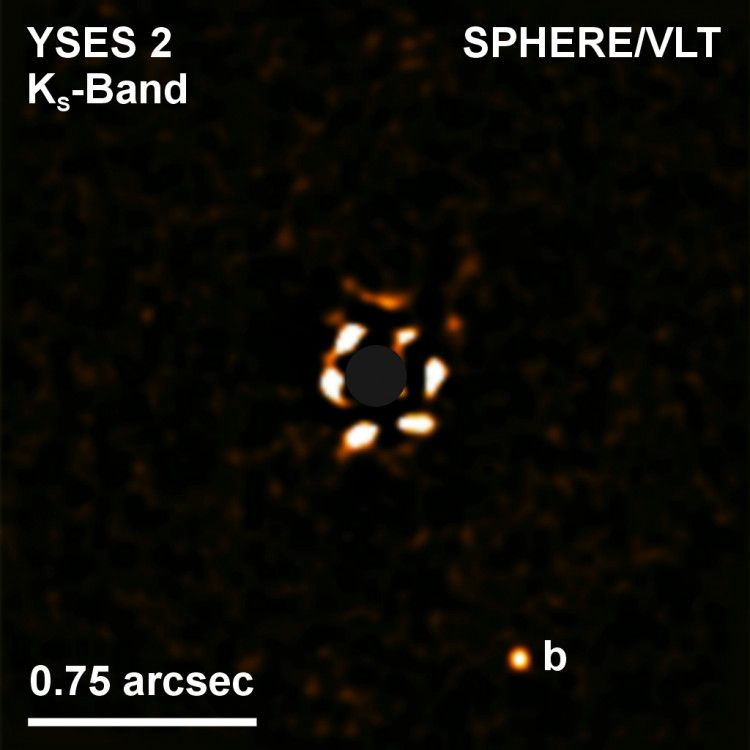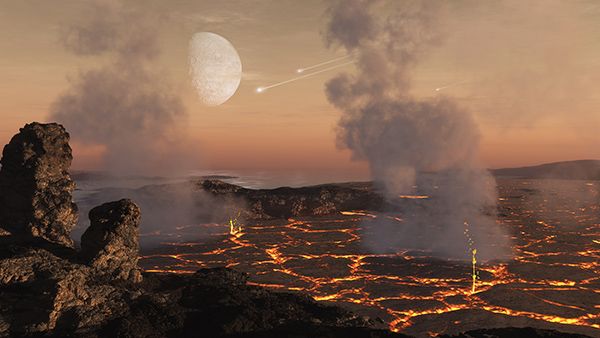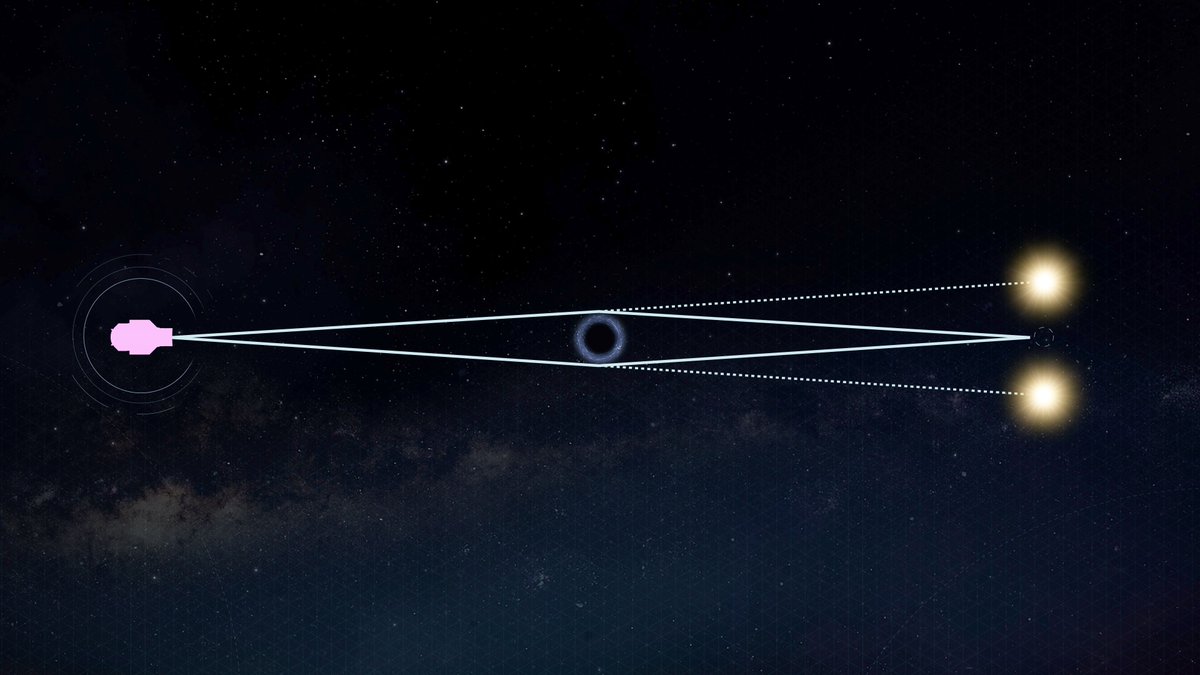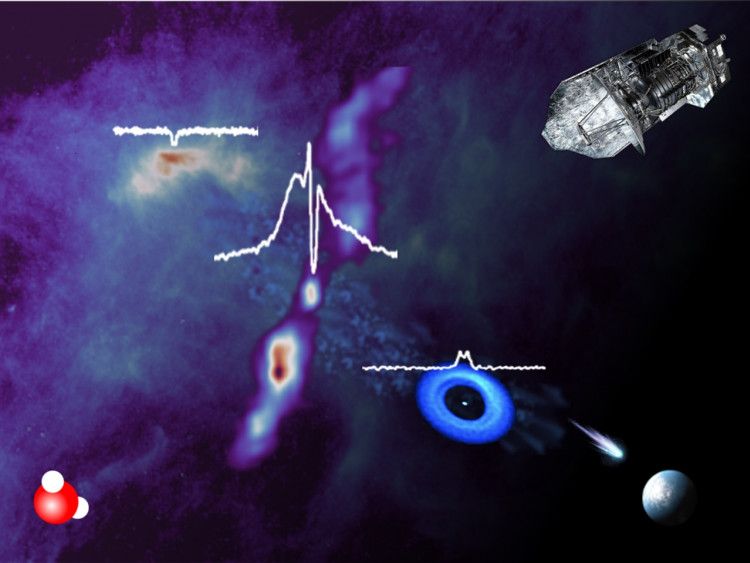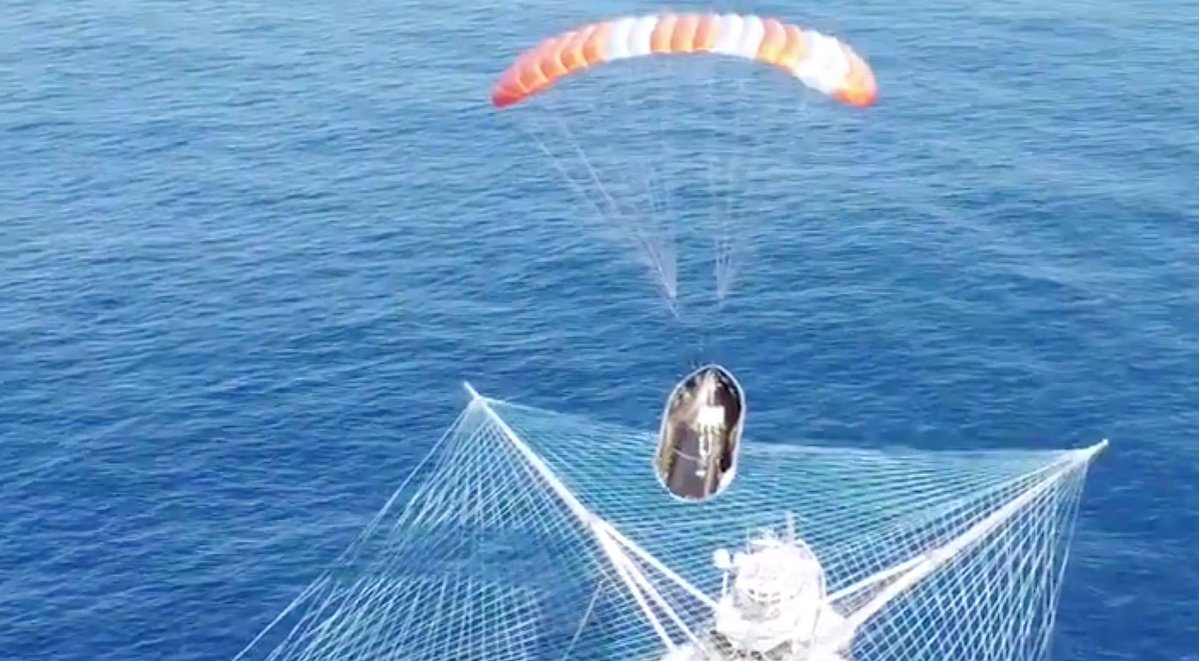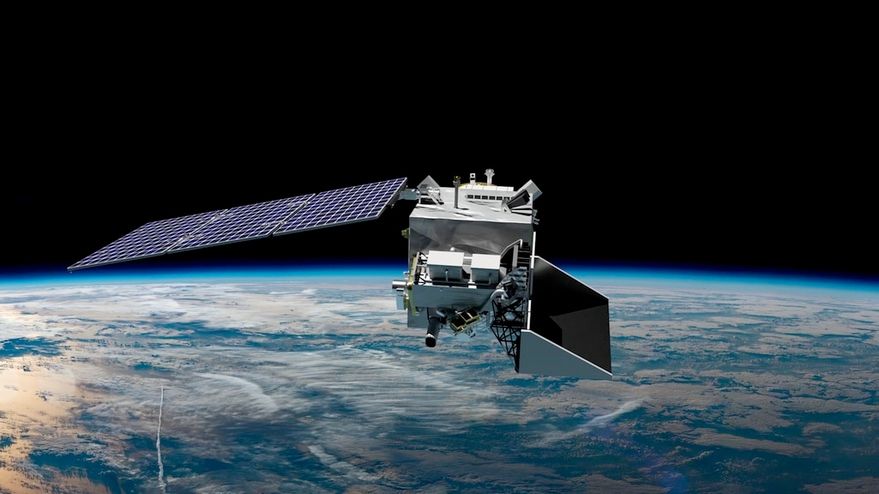An icy satellite of Saturn, Enceladus, has been a subject of increasing interest in recent years since Cassini captured jets of water and other material being ejected out of the south pole of the moon. One particularly tantalizing hypothesis supported by the sample composition is that there might be life in the oceans under the ice shells of Enceladus. To evaluate Enceladus’ habitability and to figure out the best way to probe this icy moon, scientists need to better understand the chemical composition and dynamics of Enceladus’ ocean.
Continue reading “How Salty is Enceladus’ Ocean Under the ice?”NASA is now Planning a Mission to go 1,000 AU From the Sun, Deep Into Interstellar Space
A different perspective can do wonders. Perceiving things from a different angle can both metaphorically and literally allow people to see things differently. And in space, there are an almost infinite number of angles that objects can be observed from. Like all perspectives, some are more informative than others. Sometimes those informative perspectives are also the hardest to reach.
Voyager’s two probes did an excellent job in allowing humanity to access some difficult new perspectives simply given their distance from the Earth. But now a team of over 500 scientists and volunteers is urging NASA to go even further to find a better perspective by sending a satellite to a distance 1000 times the distance from the Sun to the Earth – almost 10 times how far the Voyagers have traveled in over 35 years.
Continue reading “NASA is now Planning a Mission to go 1,000 AU From the Sun, Deep Into Interstellar Space”Mars has the Right Conditions for Life Just Under the Surface
According to the immortal words of Ian Malcom (Jeff Goldblum) “Life..uh…finds a way”. Back in 2005, an article in Nature used the famous quote from Jurassic Park to describe the possibility of life surviving on Mars. It encapsulates the hope that life’s adaptability, which it has proved itself so many times over on Earth, could hold true on other planets as well. Now a new paper in Astrobiology shows that there might very well be a place where life can sustain itself on the red planet – right underneath the surface.
Continue reading “Mars has the Right Conditions for Life Just Under the Surface”Giant Planet is Found at an Extreme Distance From its Star
One of the best things about the sheer number of exoplanets that astronomers are currently finding is how some are just very different. Those differences can sometimes undermine standing theories, and prompt scientists to start considering new theories that account for the new information. That is undoubtedly what will happen to accommodate a new massive planet found by a team led by Dutch scientists. This planet is unique in one very special way – it is about 110 times farther away from its star than the Earth is from the sun.
Continue reading “Giant Planet is Found at an Extreme Distance From its Star”Meteorites Hold Early Atmospheres From Across the Solar System
Since they were formed in the early solar system, many meteorites offer an unadulterated view into what that solar system was made out of, or what happened to it as we reported before. Recently a team of researchers led by Maggie Thompson at University of California Santa Cruz (UCSC) took a look at the chemical composition of three different chondritic meteorites, which have largely been untouched since before the planets were formed. Their composition was different than current models predicted, and could lead to a better understanding of early planetary atmospheres.
Continue reading “Meteorites Hold Early Atmospheres From Across the Solar System”Roman Space Telescope Will Also Find Rogue Black Holes
In the past we’ve reported about how the Roman Space Telescope is going to potentially be able to detect hundreds of thousands of exoplanets using a technique known as “microlensing”. Exoplanets won’t be the only things it can find with this technique though – it should be able to find solitary black holes as well.
Continue reading “Roman Space Telescope Will Also Find Rogue Black Holes”How Does Water go From Interstellar Clouds to Habitable Worlds?
Water moves. On Earth, it moves in the form of rivers, rain, or ocean swells. In space, its movements are more subtle but no less more important, and so far we understand very little about that process. Luckily, we had a tool to help us try to understand it better – the Hershel Space Observatory. Though it has been out of commission for over 8 years, a team of scientists have now compiled all a review of all of the papers using Hershel data to track water from its birth in interstellar clouds to its eventual resting place on planets. There are still some gaps, but it’s a worthy step towards a better understanding.
Continue reading “How Does Water go From Interstellar Clouds to Habitable Worlds?”SpaceX has Given up Trying to Catch Rocket Fairings. Fishing Them out of the Ocean is Fine
If there is one driving force in the commercial space industry it is economics. The whole concept of reusable booster rocket emphasizes the importance of getting launch costs down. SpaceX, the company leading the charge in trying to bring launch costs down, doesn’t just recover booster rockets however. It also recovers the rocket fairings that hold the payload during launch. SpaceX’s original plan was to capture the fairings as they fell back to Earth using specially equipped ships with nets to catch them before they landed in the ocean. Now, however, the company has transitioned to simply fishing fairings out of the ocean after they splash down, and that seems to be working just fine.
Continue reading “SpaceX has Given up Trying to Catch Rocket Fairings. Fishing Them out of the Ocean is Fine”Astronauts Will Soon be Getting a Space Fridge, Keeping Everything Cold in Zero-G
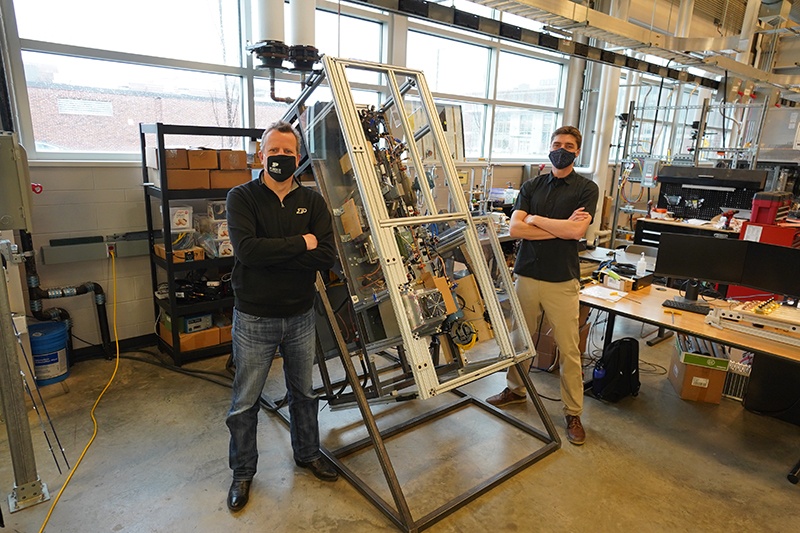
One of the least known of NASA’s funding mechanisms is the Small Business Innovation Research (SBIR) program. This program, required by the Baye-Doyle Act of 1980, earmarks a piece of every US Federal agency’s budget (including NASA) for the development of small businesses to commercialize new technologies. NASA’s SBIR program usually focus on commercializing technologies that are useable in space, and many times fund a university doing some work in addition to the small business that received the grant. A company called Air Squared Inc, based in Broomfield, Colorado, recently received one of these SBIR grants, and teamed up with a mechanical engineering lab at Purdue University and Whirlpool, one of the world’s appliance giants, to produce a necessary component for any long-term space mission – a refrigerator.
Continue reading “Astronauts Will Soon be Getting a Space Fridge, Keeping Everything Cold in Zero-G”Biden Administration is Looking for a 6.3% Increase in NASA’s Budget for 2022
Space research, like much else in capitalist societies, is driven by funding. The biggest source of that funding for that space research is usually the US government. Which is why, when US presidents release their budget proposals, the space community takes notice. Especially because that budget affects NASA, the largest space funding agency in the world. With a new year and new administration comes a new budget and with the 2021 proposed budget comes a nice funding increase for NASA.
Continue reading “Biden Administration is Looking for a 6.3% Increase in NASA’s Budget for 2022”
